The Unexpected Museum
The meeting on liquid and gas flow measurement using a novel technology pioneered by the Dutch company Bronkhorst was being held at the former RAF Elvington World War II airfield near York in England. The meeting itself was highly interesting and particularly relevant to measure the actual flow rates of infusion devices – especially when delays in achieving set flow rates can have serious adverse clinical consequences. This is a particular problem with syringe drivers. The schedule still left time, however, to explore the various exhibits. That the museum exists at all is down the efforts of a team of volunteers who were able to convert a near derelict site to the largest privately managed air force museum in the UK. The museum opened its doors to the public in 1986. The location hosts also a unique Allies Air Forces Memorial to preserve the memory of Allied Air Crews of World War II. The site conveys the impression of an operational World War II airfield frozen in time. The restored control tower contained all the systems that would then have been in daily use. The minimal level of technology, however, is a characteristic of the era.
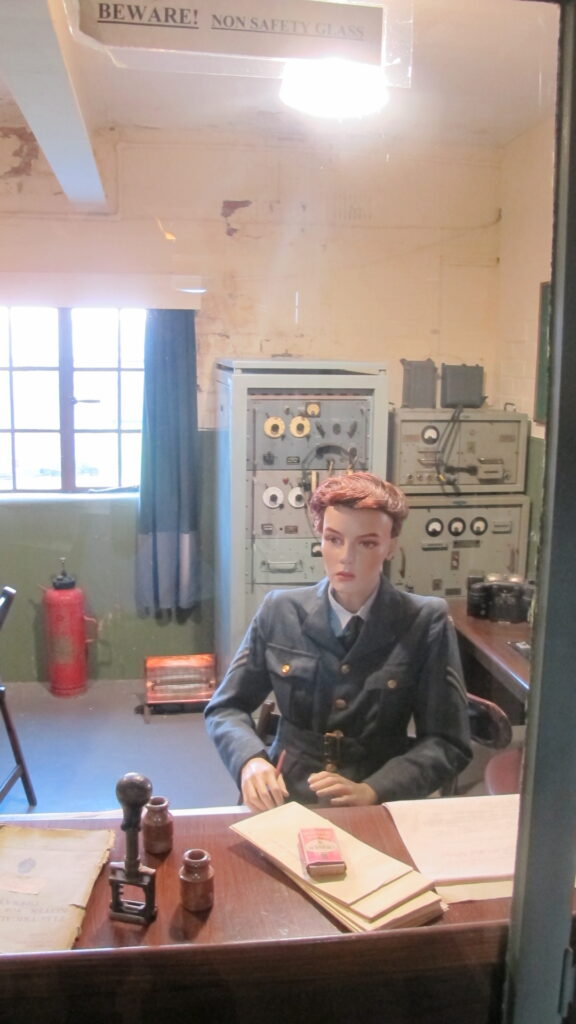
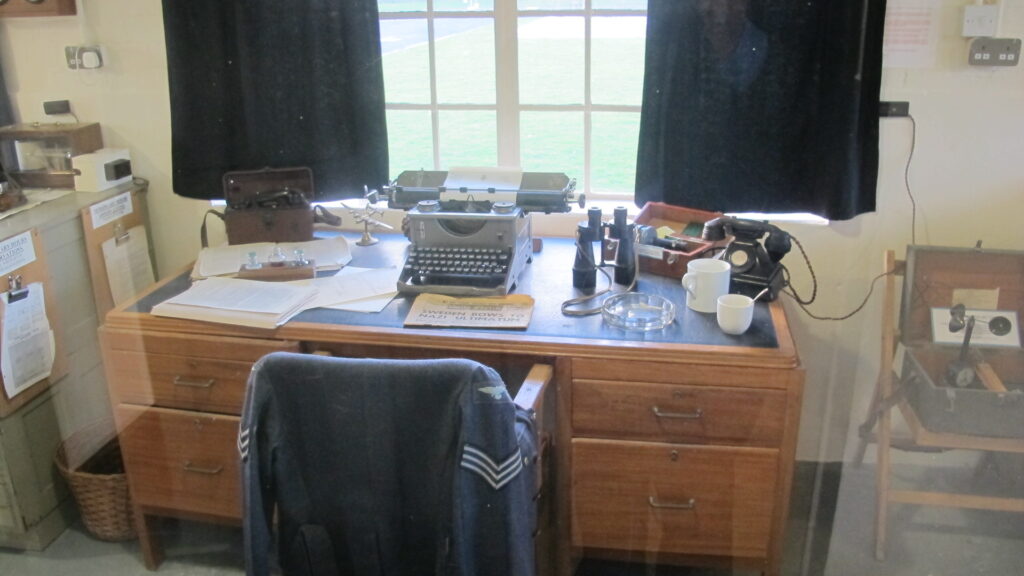
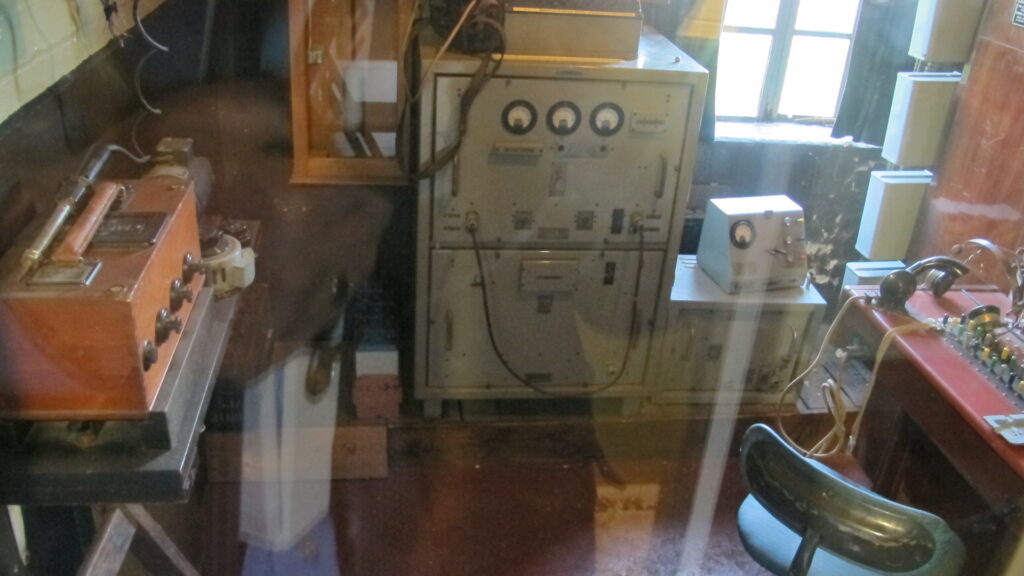
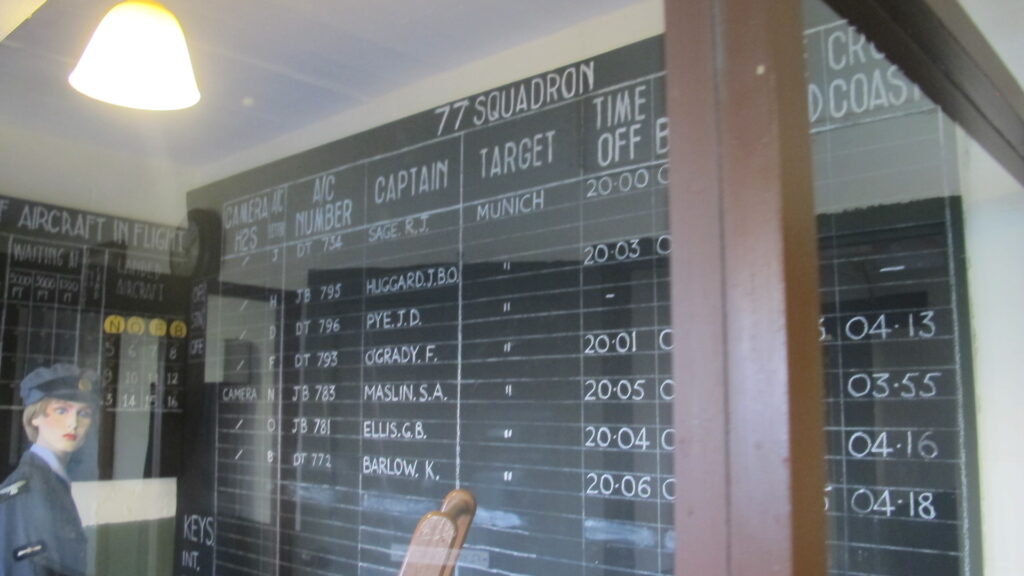
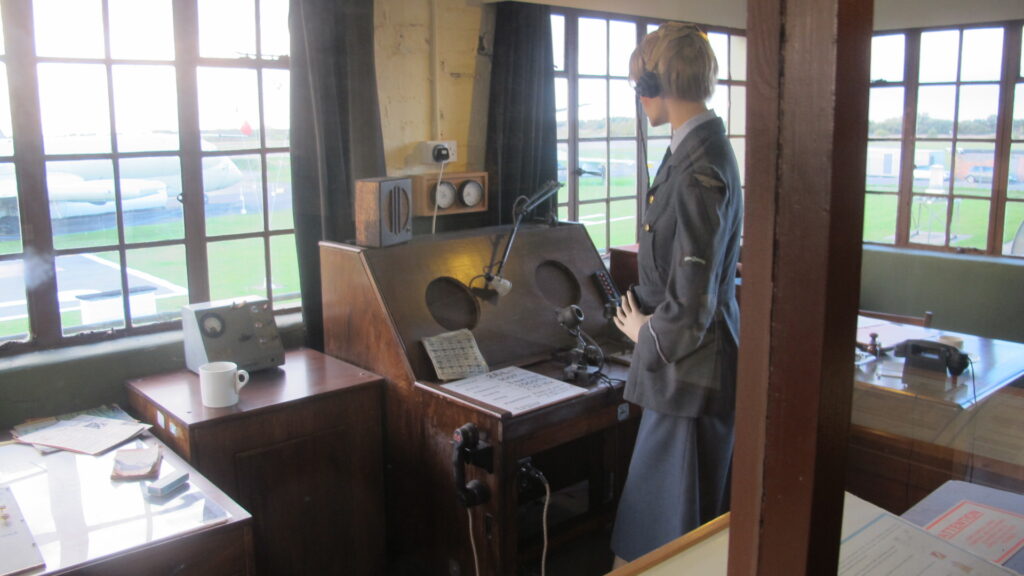
Site History
The airfield had started off in October 1942 as the base of 77 bomber squadron which had previously been located at various airfields in the North of England. At this time the squadron changed to the use of the Halifax bomber and did not become operational till June 1943 after extensive retraining. The squadron then based at Elvington had taken part initially in bombing campaigns over German cities such as Berlin, Hamburg and Nuremberg. Later in the war attention had shifted to the infrastructure of France, especially the railway network, as a prelude to the D-Day landings. The campaigns of Bomber Command against civilian targets as the war progressed, however, continues to attract contrasting opinions as to both the effectiveness and ethics of such actions. In May 1944 the base was effectively handed over to the 346 Guyenne and 347 Tunisie squadrons which were composed entirely of Free French personnel flying Halifax bombers. The 77 squadron moved to RAF Full Sutton and the base at Elvington became in effect a French enclave.
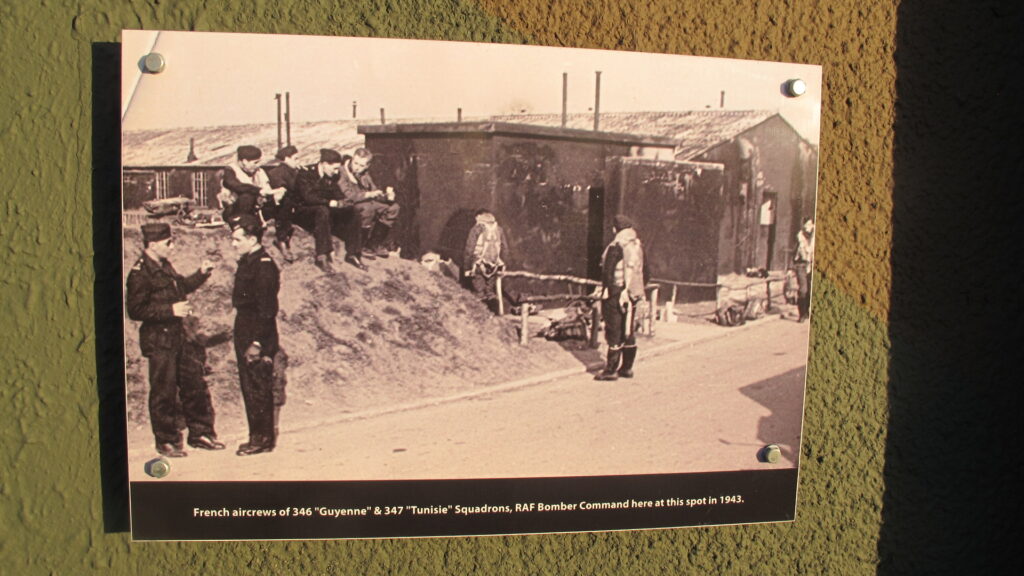
There were certain nissen huts that left a lasting impression. One was the Memorial Chapel, very much as it would have appeared for regular services and also the inevitable memorial services for lost air crew. Another hut highlighted RAF aircrew awarded the Victoria Cross for gallantry and where most of these had been awarded posthumously. There were at least a dozen citations on display – emphasising that courage in the face of conflict had been a hallmark of the air campaigns. Time here, however, was now the enemy – slowly attacking the building infrastructure which in its time had been designed only as a temporary feature.
The Main Hanger
In the main exhibition space in the spacious T2 hanger, numerous aircraft were on display covering periods of pre World War II, World War II, post World War II and the Cold War. The march of time indicated rapidly advancing technologies applied to aerial warfare with a goodly representation of the flair for innovation of British designers.
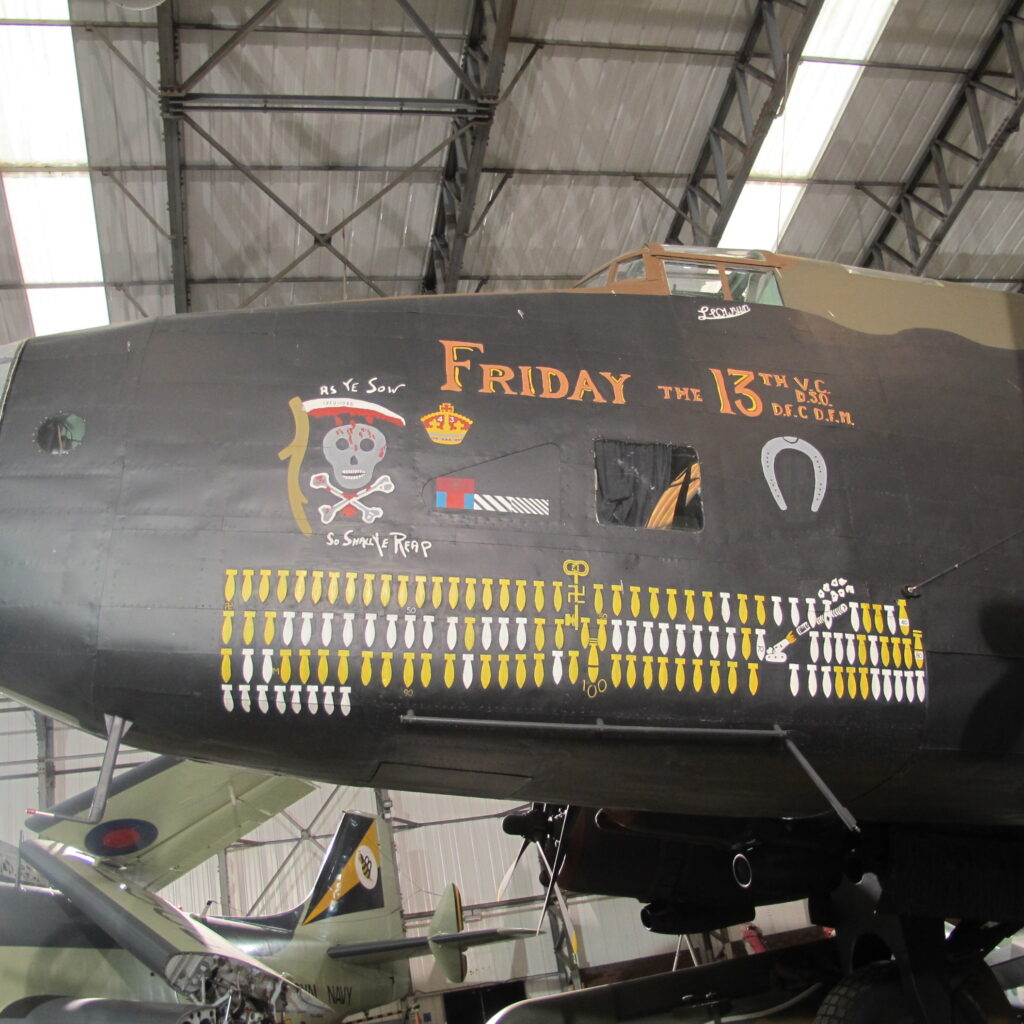
Remembering Sir Barns Wallis
In a separate location was a recreation of the desk of Sir Barnes Wallis – famous for his invention of the bouncing bombs that were used to attack the Ruhr dams in May 1943 as part of Operation Chastise. A significant outcome of such attacks had been that extensive labour had to be diverted from the ‘Atlantic Wall’ to repair the inflicted damage, although the losses of the ‘Dam Busters’ squadron were particularly high. On the desk was a model of a revolutionary aircraft designed by Sir Barnes Wallis, though none of his various jet designs appear to have made the transition from drawing board to actual flying aircraft. In an adjacent courtyard was an example of the ‘tall boy’ bomb that weighed around 12000 pounds that Sir Barns Wallis had also developed. Over 800 of these devices were deployed in bombing missions of strategic targets such as U-boat pens, railway viaducts and tunnels and V1 and V2 rocket infrastructure. Such bombs was also used in the sinking of the Tirpitz in Norway in the closing days of the war.
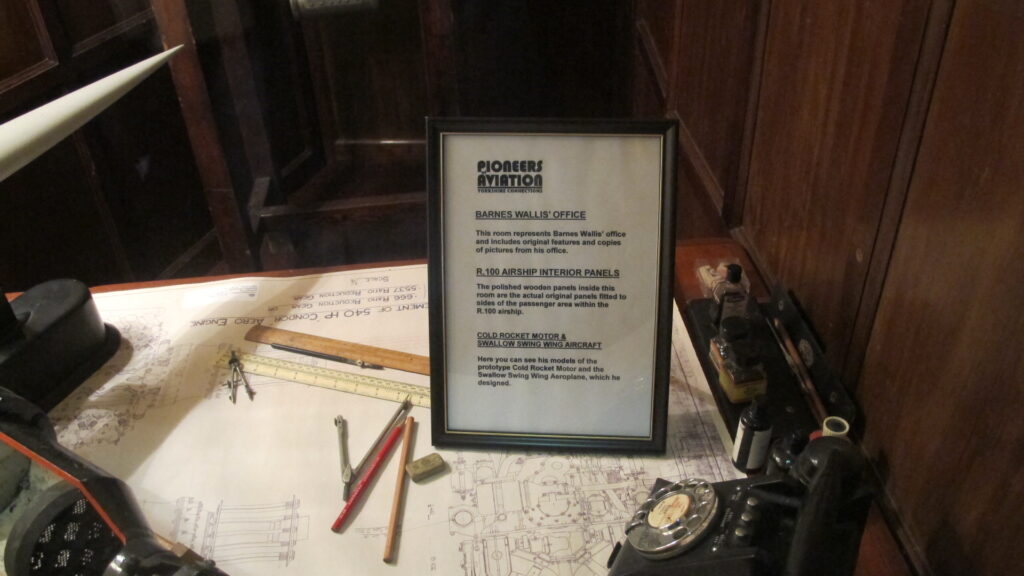
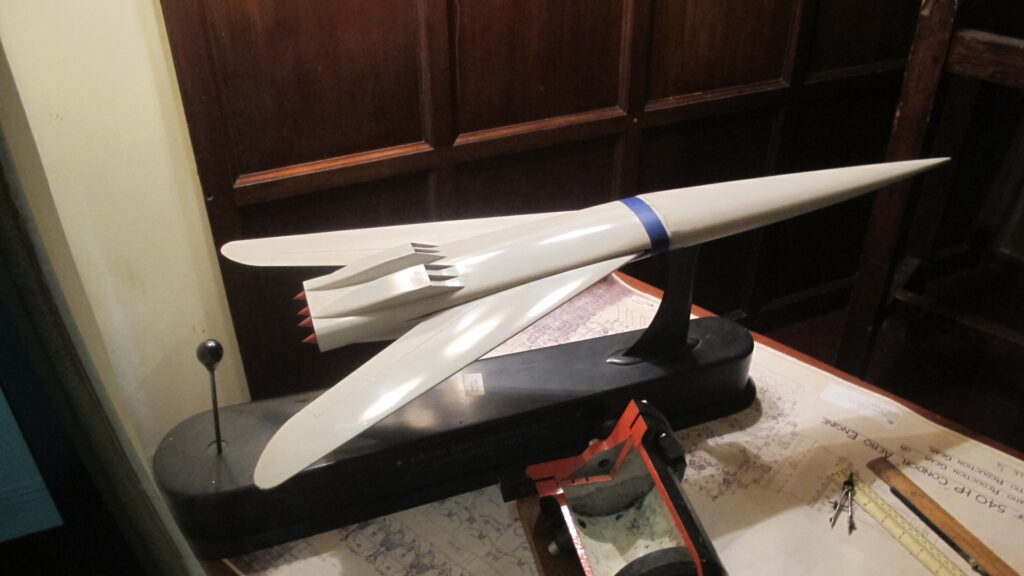
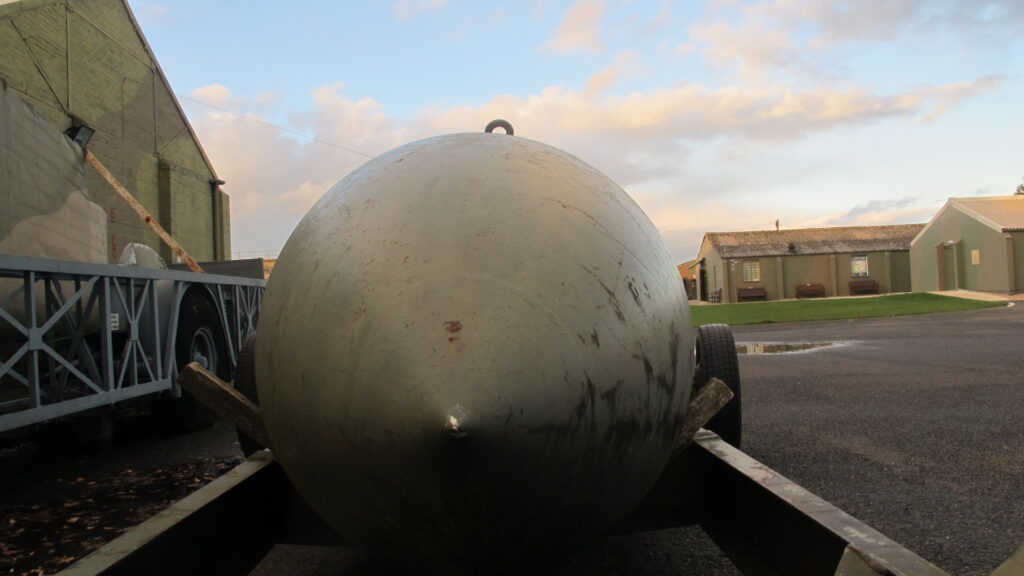
In Conclusion
Since the initial visit some time ago, no doubt new exhibits are on display and the ‘visitor experience’ has been enhanced by various developments. Check out the website. For me, however, it was the control tower that best transported me back to the days of relentless struggle and sacrifice through to eventual victory. The exhibition of roll of honour of Victoria Crosses was also highly memorable.